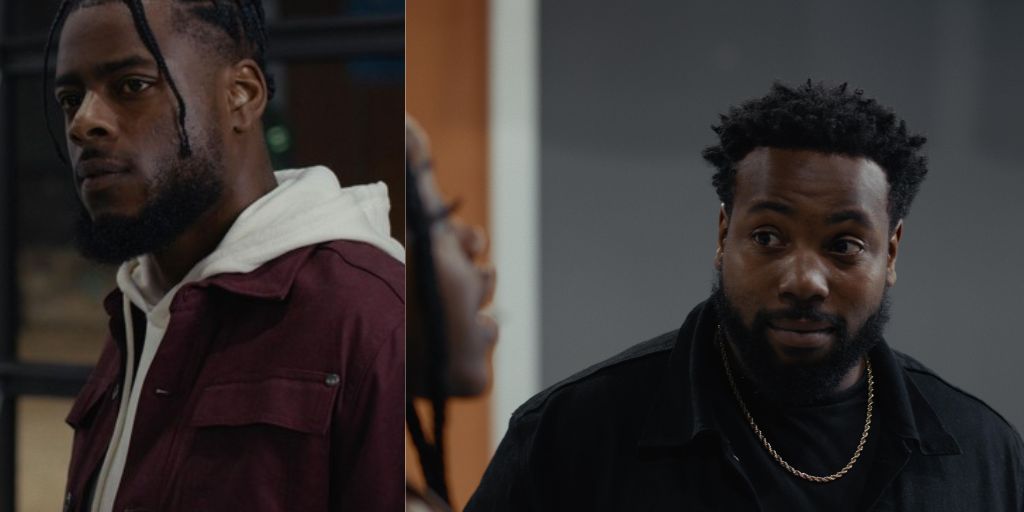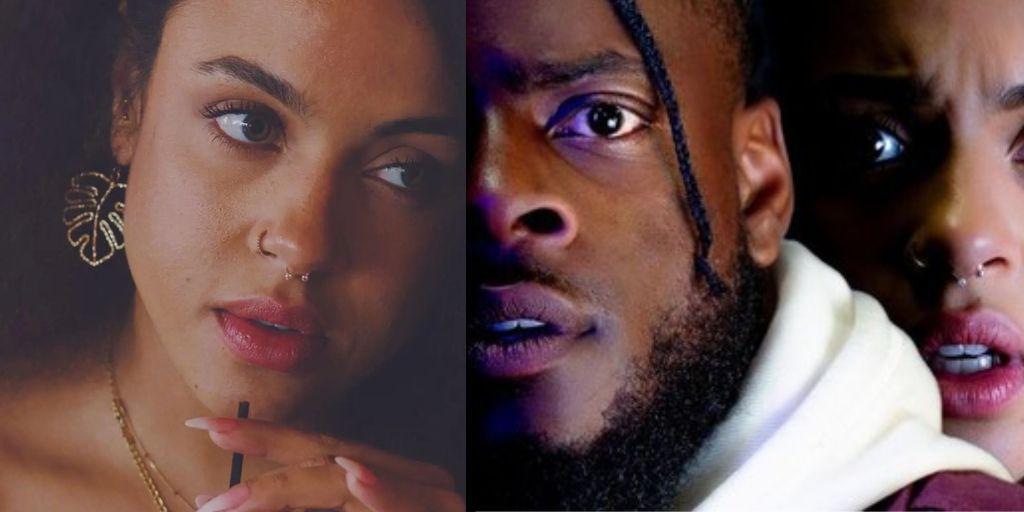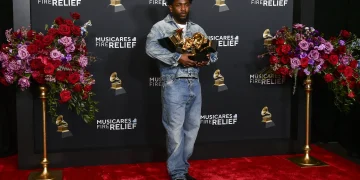In 2013, Mi’kmaq filmmaker Jeff Barnaby introduced Rhymes for Young Ghouls at the Toronto International Film Festival (TIFF). It was a wild revenge story that highlighted the horrors of residential school abuse, which had harmed generations of Indigenous young people.
He combined these real-life experiences with a genre film structure, using the elements of traditional horror films to reflect the real-life struggles of reservation life.
While his film wasn’t the first to connect these issues with this style, his presentation was so unique and powerful that it changed the way I understood these stories. By using fiction, Barnaby was able to reveal some chilling truths about life for Indigenous people.
Barnaby passed away in 2022 after battling cancer, and I deeply miss his voice. However, while watching Seeds, the directorial debut of Kaniehtiio Horn, I could see the continuation of what Barnaby brought to the screen.
His influence connected his legacy to a bright future for Canadian filmmaking and for modern Indigenous storytelling.
On the surface, Seeds is a fun mix of broad comedy, unsettling dread, and revenge horror, creating an entertaining mashup. But if you look closely, the film goes beyond just entertainment. It mixes Native and colonial languages, switching between them mid-sentence.
It also reflects on the charms and challenges of reservation life with a tone that is both sharp and humorous.
The film also tackles generational trauma and the refusal to accept the isolation that comes from the social and cultural compromises of the reservation system. There is a darker side to the story that is dealt subtly, which goes beyond the horrific events shown on screen.

What Is Seeds About?
In Seeds, Kaniehtiio Horn plays Ziggy, a Kanien’kehaka woman who lives in the big city. She works part-time as a social media influencer and full-time as a food delivery person.3
In her posts, she shares dark stories from her Mohawk culture with excitement and enthusiasm, telling tales of dismembered limbs and cannibalistic practices.
Ziggy flips the idea of so-called “savagery” by delivering these tales as entertaining tabloid-like stories while engaging with a community that enjoys the shocking fun of her posts.
Ziggy falls asleep on her couch while watching old episodes of Exhibit A: Forensic Files, a once-popular Canadian show hosted by the famous actor Graham Greene.
In her dream, an older version of Greene appears and speaks to Ziggy from the TV. He encourages her to find a new direction for her life and warns her to be cautious of opportunities that seem too good to be true.
Ziggy soon gets a sponsor for her posts and is promised riches for promoting Nature’s Oath, an agrochemical company, to her audience.
Dressed in the company’s branded outfits, Ziggy spreads the message of how planting a small seed can lead to significant growth in the future.
This metaphor applies in two ways. A seed can grow into something positive and healthy, or it can become something harmful and destructive.
These contrasting meanings, between light and dark, and between the horrors of the past and the hope for a better future, bring deeper meaning to Horn’s story.
When Ziggy’s fun but goofy cousin (played by Dallas Goldtooth) asks her to house-sit for a relative who is vacationing in New Zealand, Ziggy returns to the comfort and confinement of her childhood home.
Accompanied by her cat and struggling to find a cellphone signal, Ziggy faces the daily challenges of reservation life, which soon turn into life-or-death situations when a mysterious stranger arrives. The stranger is hunting for her family’s legacy to use for dark purposes.
As the lighthearted story grows darker, Horn manages to keep the shifting tones under control. The talented cast, including Meegwun Fairbrother, Dylan Cook, and Greene, helps to ground the story, even as the events spiral out of control.
On one hand, the characters operate in a clear moral lines, with obvious villains fighting against our heroine. However, there are more subtle themes that grow throughout the film, moving the story forward without being preachy.

In Seeds, Kaniehtiio Horn takes a bold approach, crafting a film that moves beyond traditional horror and revenge narratives. She skillfully intertwines humor, Indigenous cultural elements, and social commentary to create a multi-layered experience.
The character of Ziggy, a city-dwelling Kanien’kehaka woman, bridges modern urban life with her deep cultural roots.
Her humorous and dark tales serve not only to entertain her social media followers but also to challenge misconceptions about Indigenous history and identity. This adds another layer to the film, where the past and present are shown as interconnected, rather than separate entities.
Horn’s portrayal of Ziggy’s return to her home is equally poignant. The struggles of reservation life are shown with a mix of affection and criticism.
This nuanced portrayal sheds light on the ongoing challenges faced by Indigenous communities, without falling into stereotypes.
Ziggy’s growing conflict, as she uncovers the dangerous hunt for her family’s legacy, serves as a powerful metaphor for the broader issues of cultural survival and exploitation faced by Indigenous peoples.
Seeds doesn’t shy away from using its genre roots to deliver blood and thrills, but it also weaves in thought-provoking messages about heritage, survival, and resistance.
The mix of horror and humor highlights how storytelling can confront even the darkest aspects of history, while still engaging and entertaining its audience.
Seeds is a very entertaining and thought-provoking film. It mixes revenge thriller elements with deeper cultural themes. Like any hybrid, combining different elements can result in something better than the sum of its parts.
Though it risks becoming chaotic, Horn skillfully manages the balance. She follows the lead of my late friend Jeff Barnaby, planting Seeds with care and delivering a thrilling, brutal, and fun experience for the audience.





